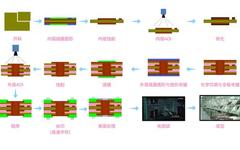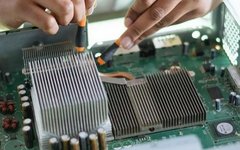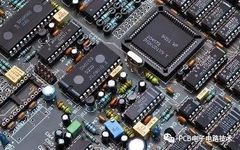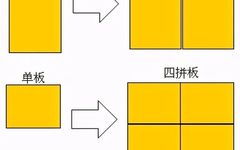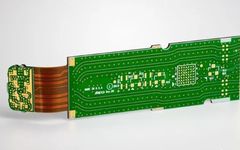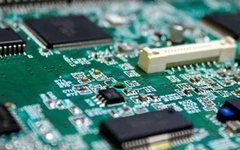Manufacturing Process of Multilayer PCBs
There are two methods for manufacturing multilayer boards: the electroplated via method and the high-density lamination method, both of which achieve circuit board structures through different combinations of processes. Currently, the most commonly used method is the electroplated via method, which has developed and improved over more than half a century. In terms of equipment, … Read more
